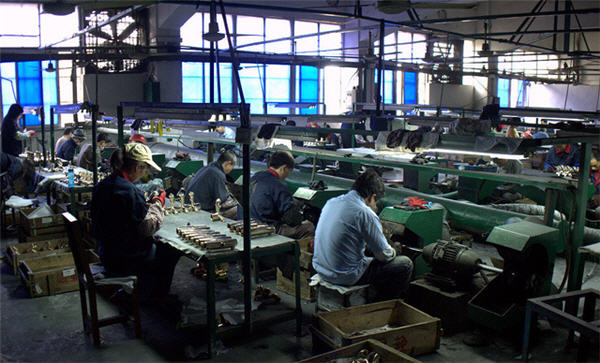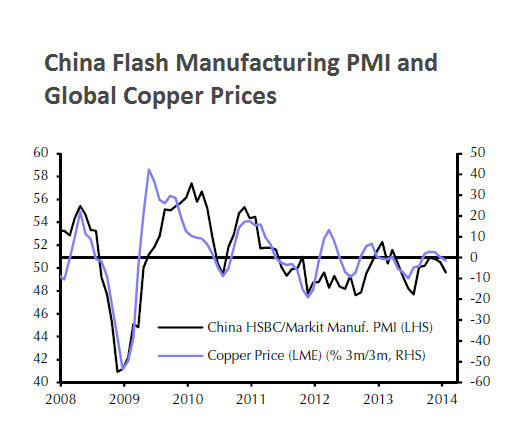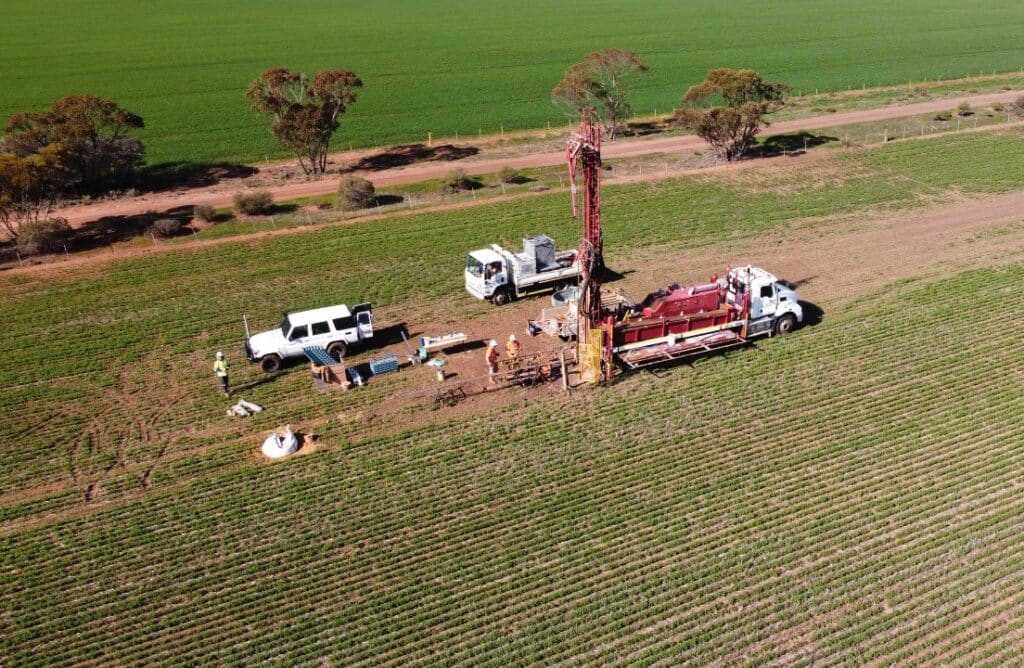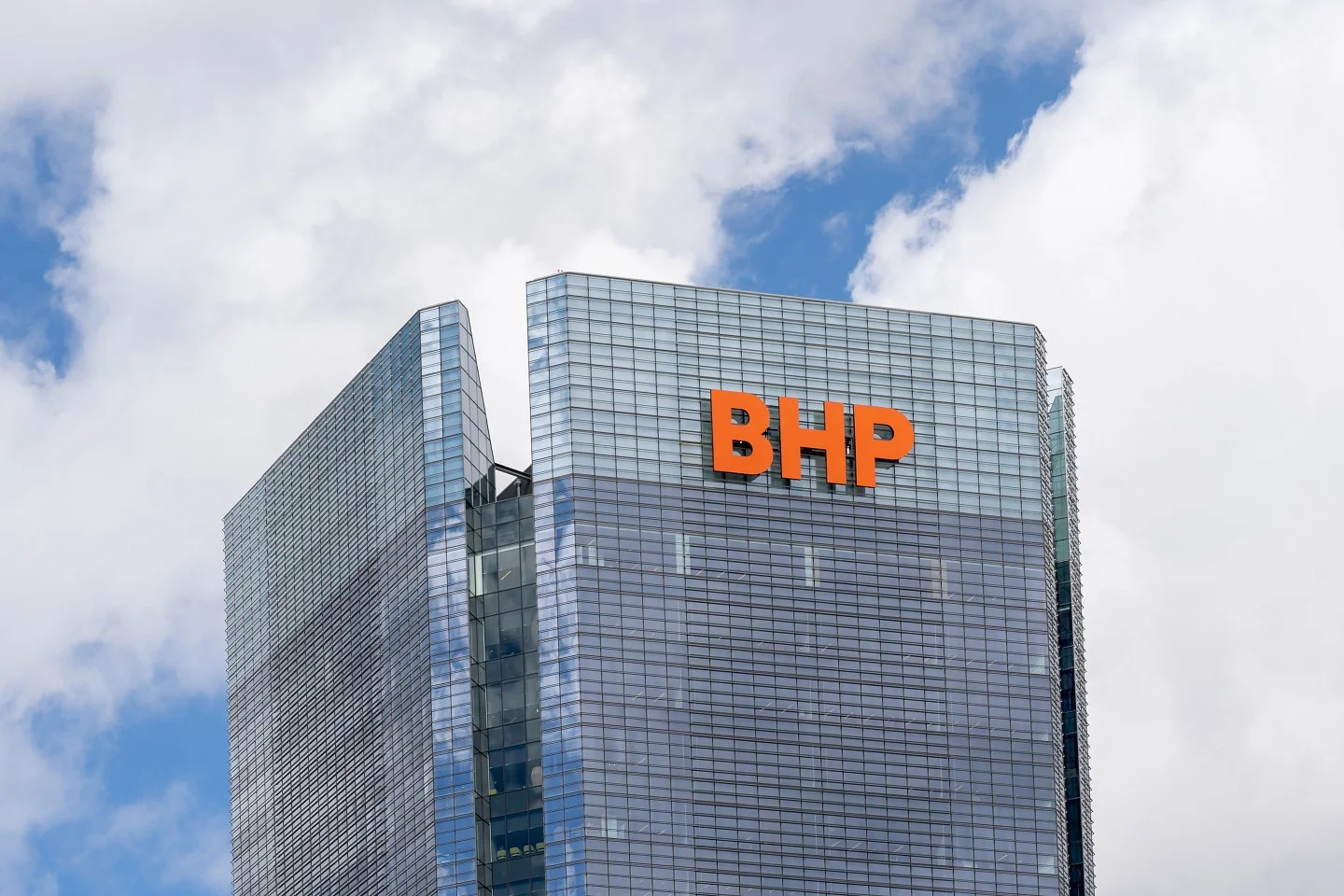China, US data hammer copper price
 After a surge in December, the copper price is having a tough 2014 as manufacturing data from China continue to disappoint.
After a surge in December, the copper price is having a tough 2014 as manufacturing data from China continue to disappoint.
In New York trade spot copper changed hands at $3.32 a pound, down 1.7% or 6c during regular trading hours after China’s manufacturing purchasing managers’ index (PMI) released Thursday showed a surprise contraction in manufacturing activity.
In after hours trade copper futures took another gap down with March metal losing 4c to $3.28 a pound. Copper is now down 12% compared to this time last year.
The preliminary or “flash” reading for China compiled by HSBC and Markit fell to a six month low of 49.6 in January versus 50.5 in December. A reading below 50 indicates a contraction and the weakness was led by a sharp drop in new orders which does not bode well for the rest of the year. Employment and output prices also fell at a faster rate.
US Flash PMI released after the Chinese number also came in below expectations, with growth slowing for the first time since October as output and new orders decelerated although at the 53.7 mark is still showing overall expansion. In contrast to the poor number from the US, China, Eurozone manufacturing picked up for the fifth month in a row recording a jump to 53.9 in January compared to 52.7 the month before.
Given its widespread use in transportation, manufacturing and construction the copper price is sensitive to any economic slowdown.
China is responsible for 42% of total global copper demand of some 21 million tonnes and the country’s PMI data is particularly closely correlated to the copper price.
Capital Economics says the softness of the PMI “points to further downside risks” and the independent research house is predicting that the price of copper will fall below $6,500 per tonne this year. This compares to today’s 3-month asking price of $7,290 on the London Metal Exchange.
Strong growth on the supply side also does not bode well for the copper price this year as a slew of massive greenfields projects – notably Codelco’s 160,000 tonnes-plus Ministro Hales mine in Chile – and a number of expansions including at Collahuasi and BHP Billiton’s Escondida – come on stream.
For the past seven years annual supply growth has been essentially static falling to as lows as 0.4% a year in 2010 to 2011, but growth in copper mine supply in 2013 was a above 6% and the International Copper Study Group predicts and almost 8% jump this year.
However, the pace of new supply hitting the market could also turn out to be slower than thought as major expansion projects including Teck’s Quebrada Blanca and Antofagasta’s Los Pelambres are pushed out and financing of Rio Tinto’s Oyu Tolgoi underground phase proves elusive.
The copper market is prone to supply disruptions and remains tighter than other base metals. Copper was boosted in the second half of last year due to a sustained drawdown of copper inventories on the LME and the Shanghai Futures Exchange, which continued to fall into 2014.
When LME stocks reached a decade high in June last year the price of copper fell to $3.03 a pound, a close to 3-year low. However, dwindling LME stockpiles – from 678,000 tonnes in June to 328,000 yesterday – was accompanied by a steady rise the price of copper which ended 2013 at $3.44 a pound.
More News
Australia’s VHM scraps offtake deal with Shenghe Resources
January 11, 2026 | 04:08 pm
US to push for quicker action in reducing reliance on China for rare earths
January 11, 2026 | 09:07 am
{{ commodity.name }}
{{ post.title }}
{{ post.date }}







Comments